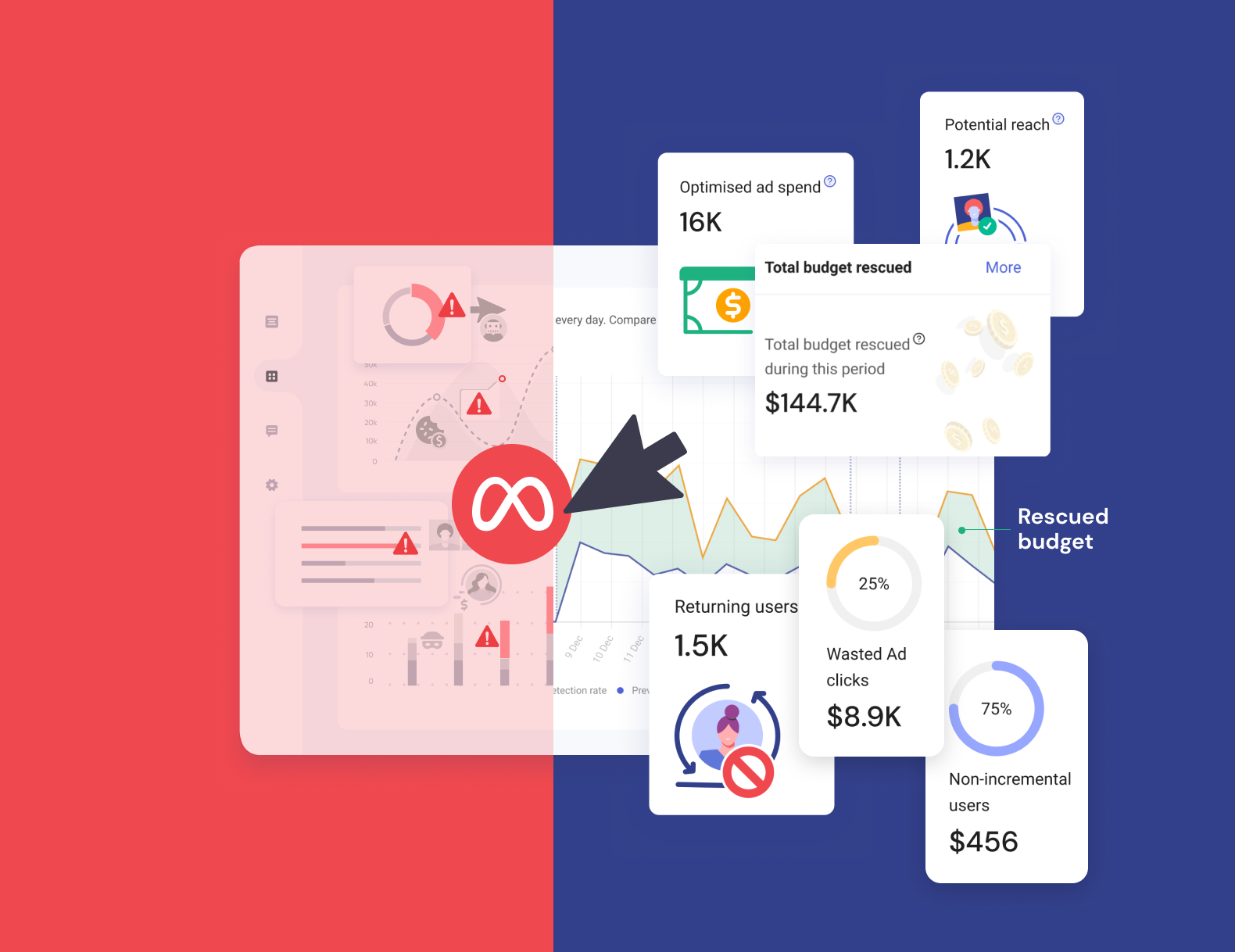Is Ad Fraud Fiddling the Figures for your Financial Services App?

Despite economic uncertainties, global ad spend continues to grow, with global growth of 8% in 2022, totalling $713.6 billion. In the Asia Pacific region, there was a 3.9% growth in 2022, and is predicted to continue at 4% in 2023. That’s a lot of money on the line and with these growing budgets and spending, ad fraudsters see a growing opportunity and are set to steal over $100 billion in 2023. It’s currently estimated that US $17 million per day is wasted by ad fraud in APAC alone.
Fraudsters follow the money
Financial services is now a mobile-first industry. Whether it’s banks, payment platforms, financial planners, crypto exchanges or emerging web3 financial innovations, everybody needs to get their business and platform in the hands of consumers. This means the financial services mobile app market is a competitive one, with many players fighting for space on consumers’ phones.
In particular, Southeast Asia is in the spotlight as a rapidly growing market, with its digital financial services slated to generate a revenue of $38 billion by 2025. India’s digital banking platform market was worth USD$776.7 million in 2021 and has been projected to grow at a CAGR of 9.8%.
With the numbers involved, it’s no surprise that the financial services industry is a key target for ad fraudsters. With large budgets in play to promote mobile apps, bad actors see a potential cash cow. Ad fraud offers the potential for perpetrators to enjoy high returns with the perception of low risk compared to other forms of cyber and offline crime. And as they reap the rewards of their activity, it’s marketers who pay the price.
Apps in the financial sector are the hardest hit by ad fraud, with a staggering 65% of app installs being invalid.

How fraud can hit your app’s growth and success
Ad fraud can impact your app’s growth efforts in a number of ways:
- Hamper your user acquisition with fraudulent clicks that don’t convert
- Eat up your budget with invalid traffic
- Mess up your numbers with misattribution when clicks and conversions are attributed to the wrong source.
Why ad fraud continues to slip through the cracks
The even bigger problem for marketers? The fraudsters are getting smarter all the time. As the potential returns increase, so does the sophistication of the shape-shifting invalid traffic and ad fraud attempts. This sophistication means it’s ever more difficult to spot the difference between genuine and fraudulent traffic.
Your mobile measurement partner (MMP) does attribute app installs and helps measure campaign performance across advertising channels, media sources, and ad networks, but they can’t protect you from fraud.
Trusting their attribution data alone may leave you open to key vulnerabilities. This is because conventional MMP fraud tools only operate at or after the app install attribution, not at the impression or click level. This leaves the door open for attribution data to be distorted.
So, how can you fight back?
We’ve shown how it definitely pays to protect yourself. Setting up a strong ad fraud infrastructure not only provides assurance that every ad dollar is protected, but also gives transparency and granularity across the campaign, building trust between stakeholders.
TrafficGuard uses machine learning algorithms to detect and block shape-shifting invalid traffic and ad fraud attempts, with multiple layers of protection to stop them in their tracks. Integrate TrafficGuard with your MMP to make sure that the installs are attributed to the correct source and you never have to worry about invalid traffic and nightmares that misattribution can create.
Get started - it's free
You can set up a TrafficGuard account in minutes, so we’ll be protecting your campaigns before you can say ‘sky-high ROI’.
Subscribe
Subscribe now to get all the latest news and insights on digital advertising, machine learning and ad fraud.








